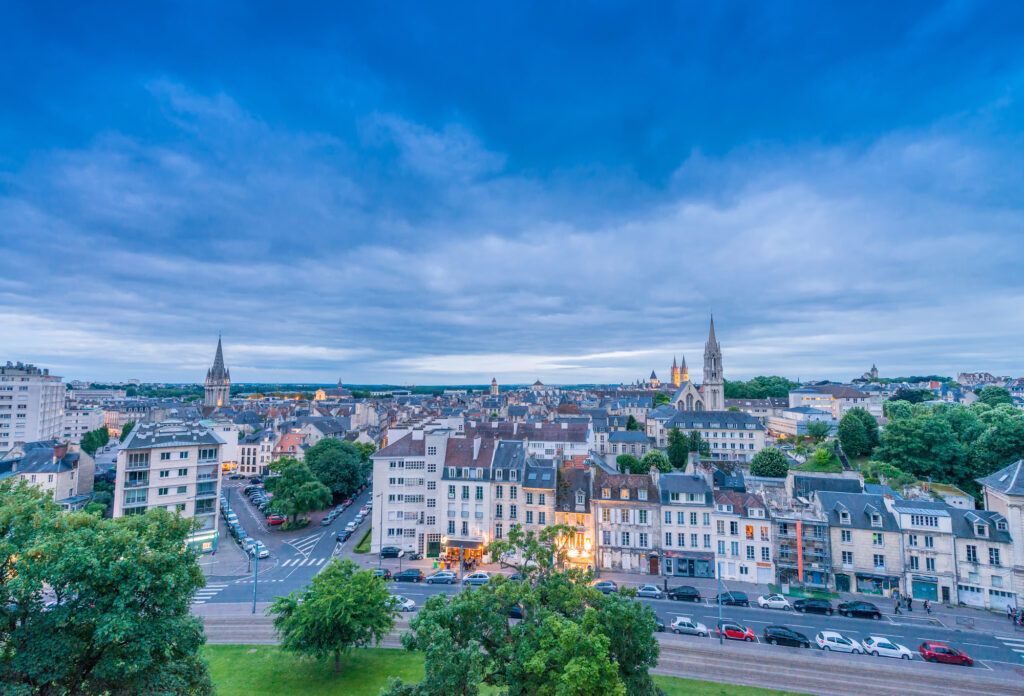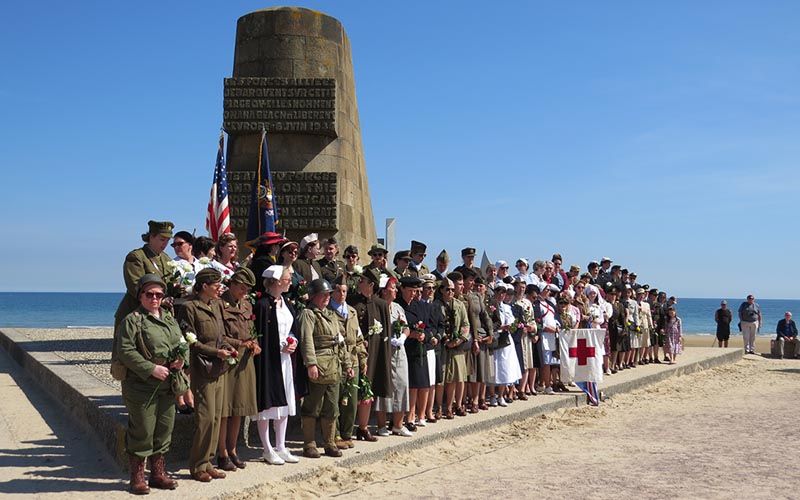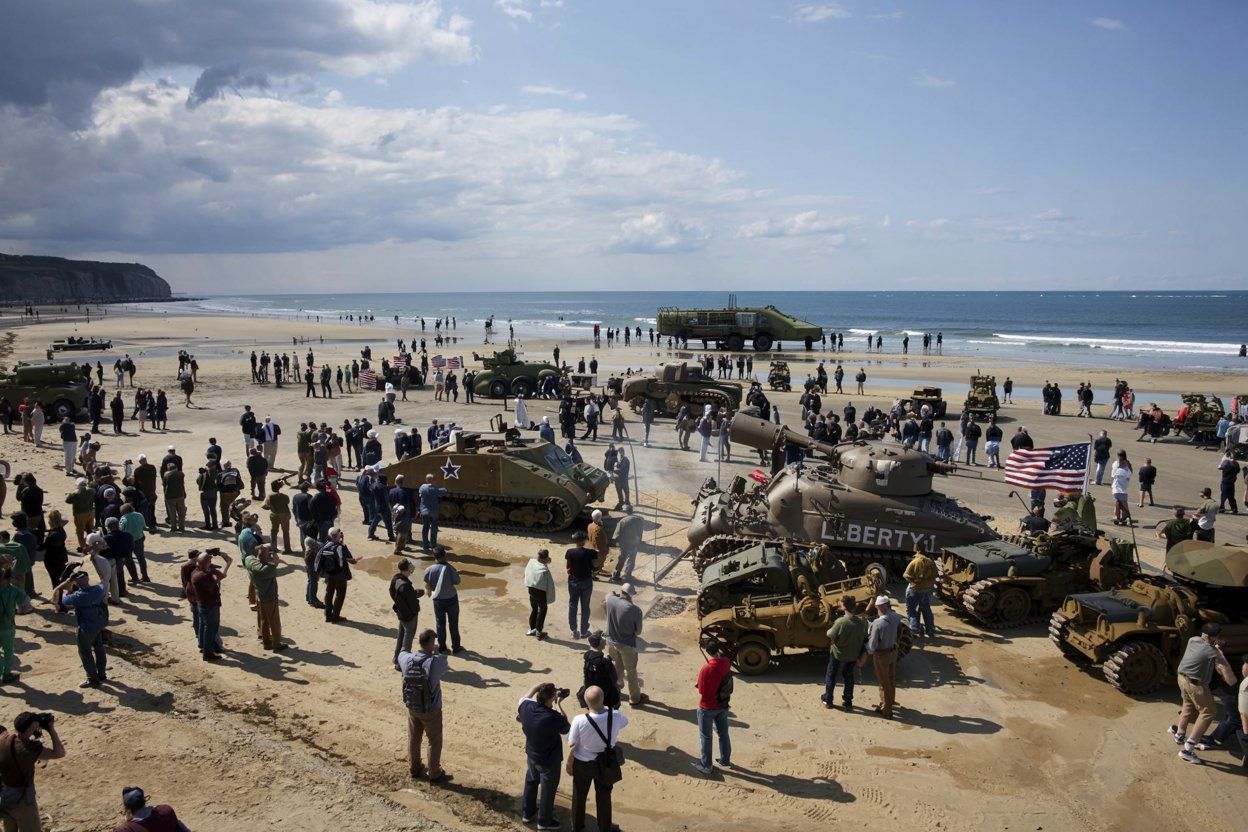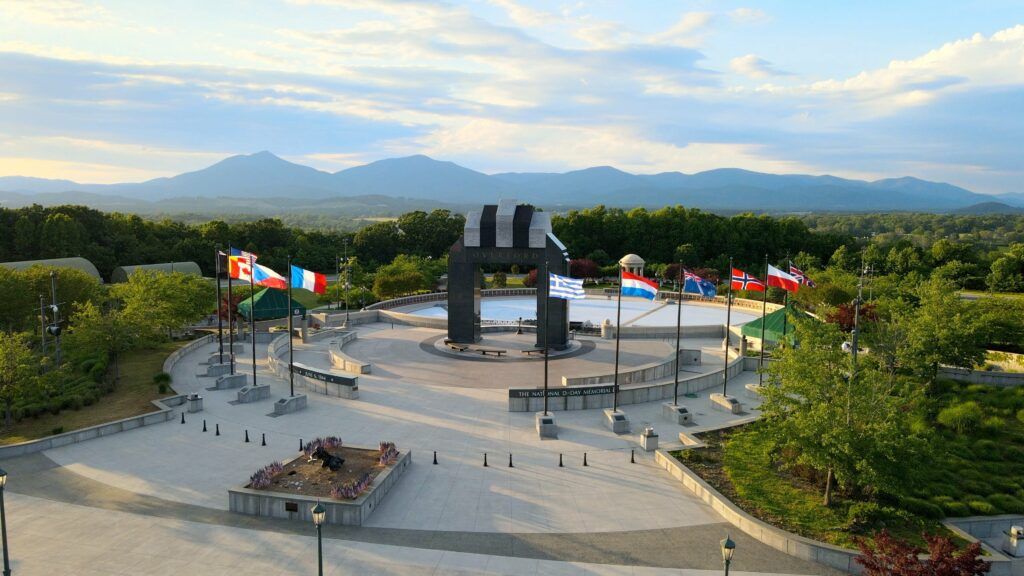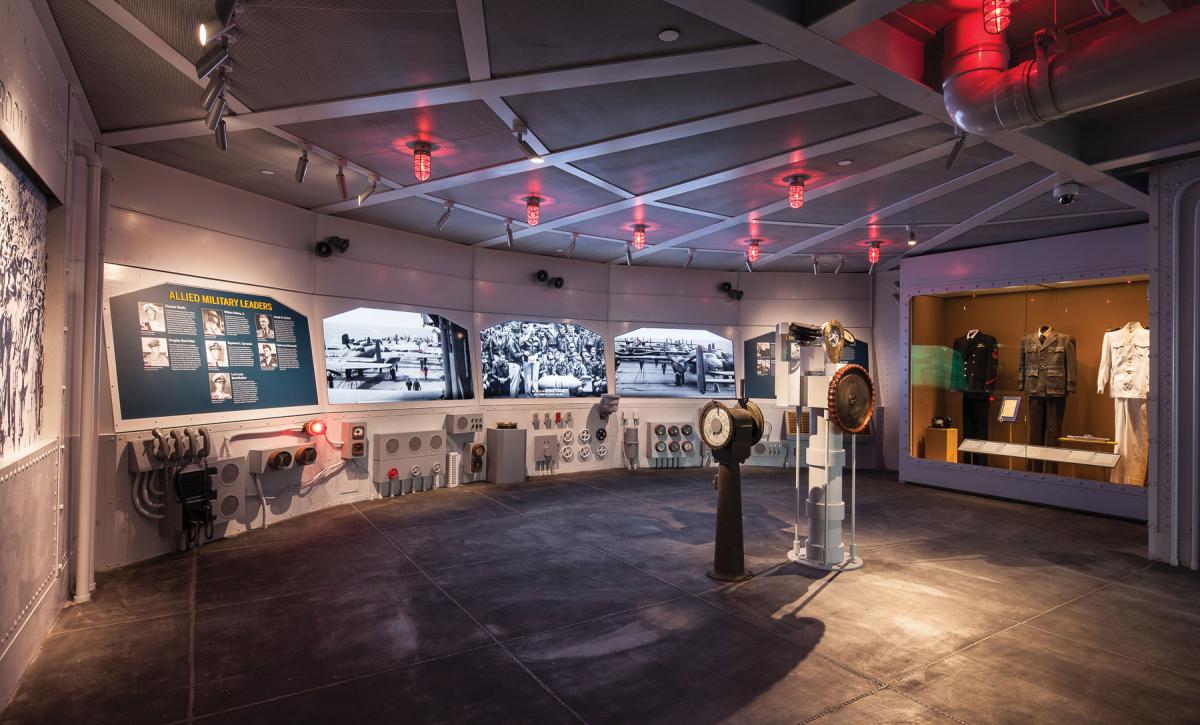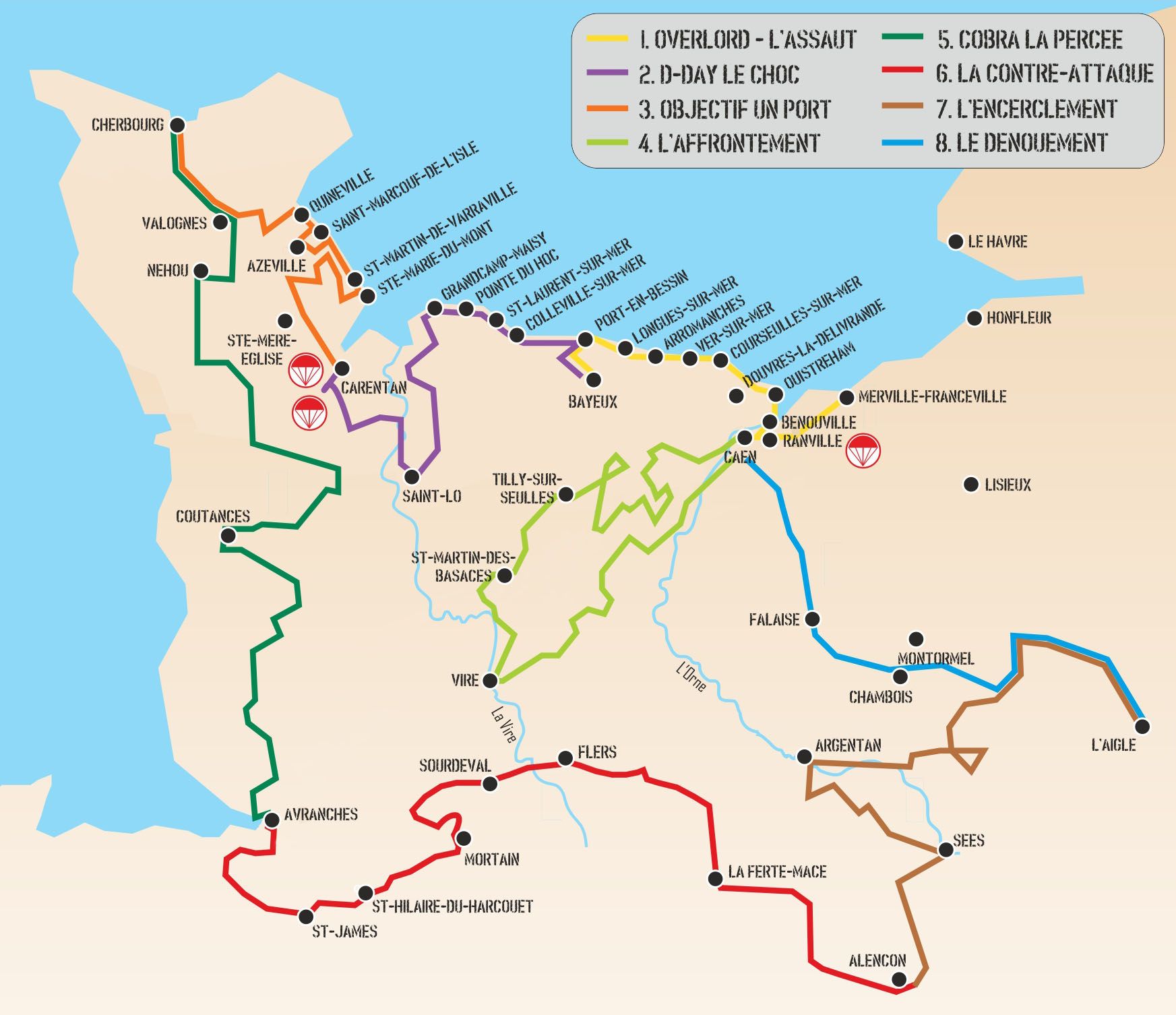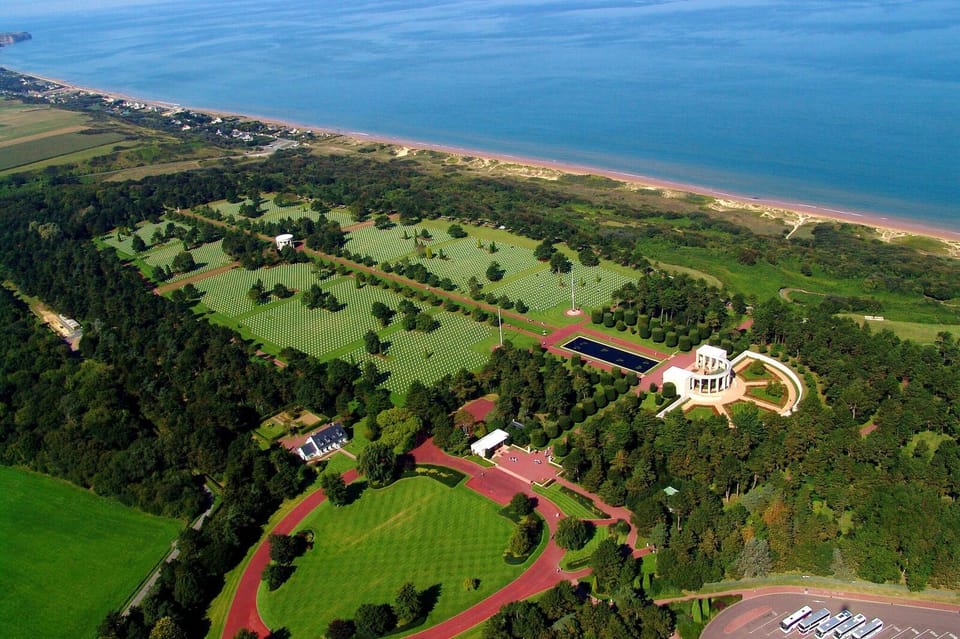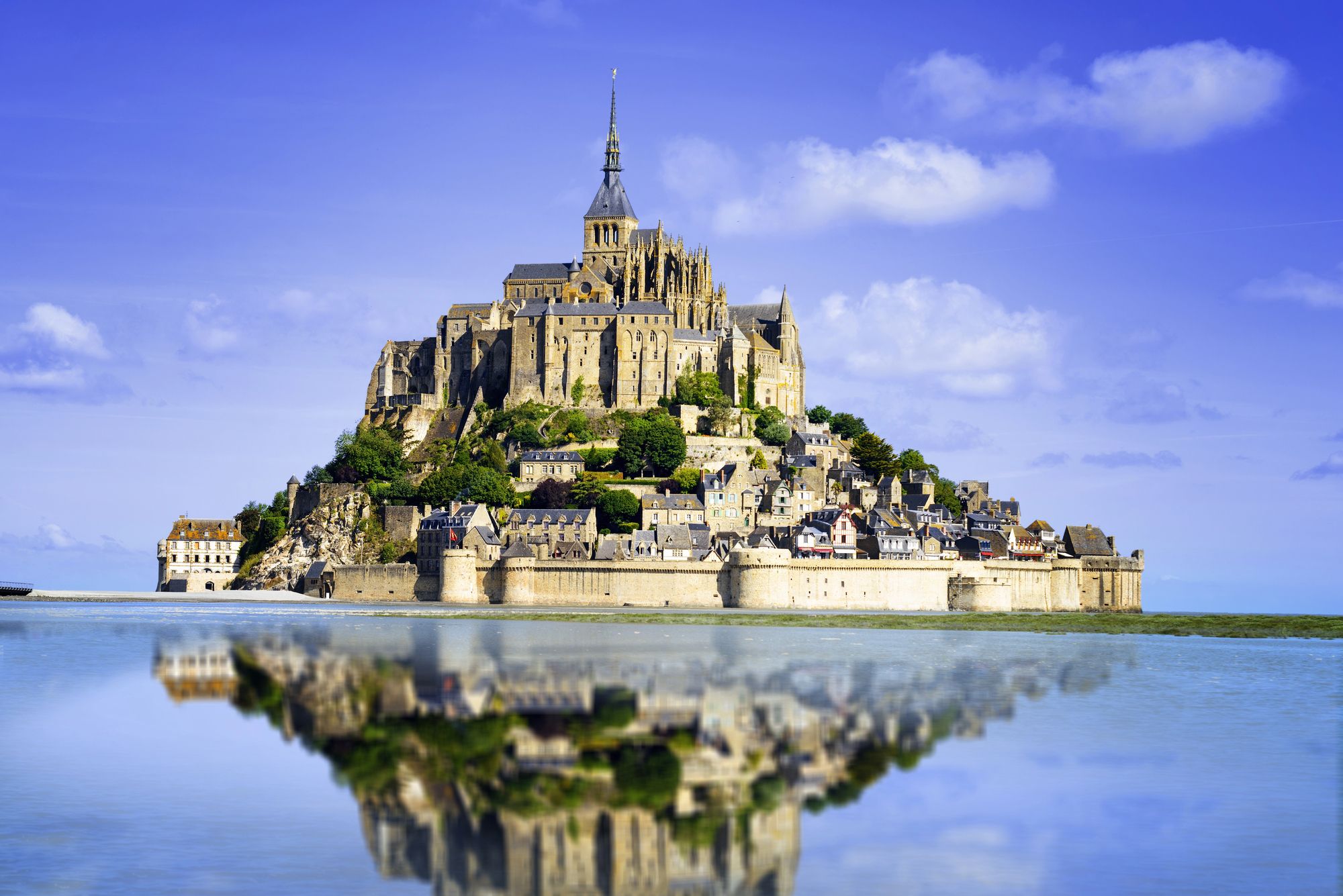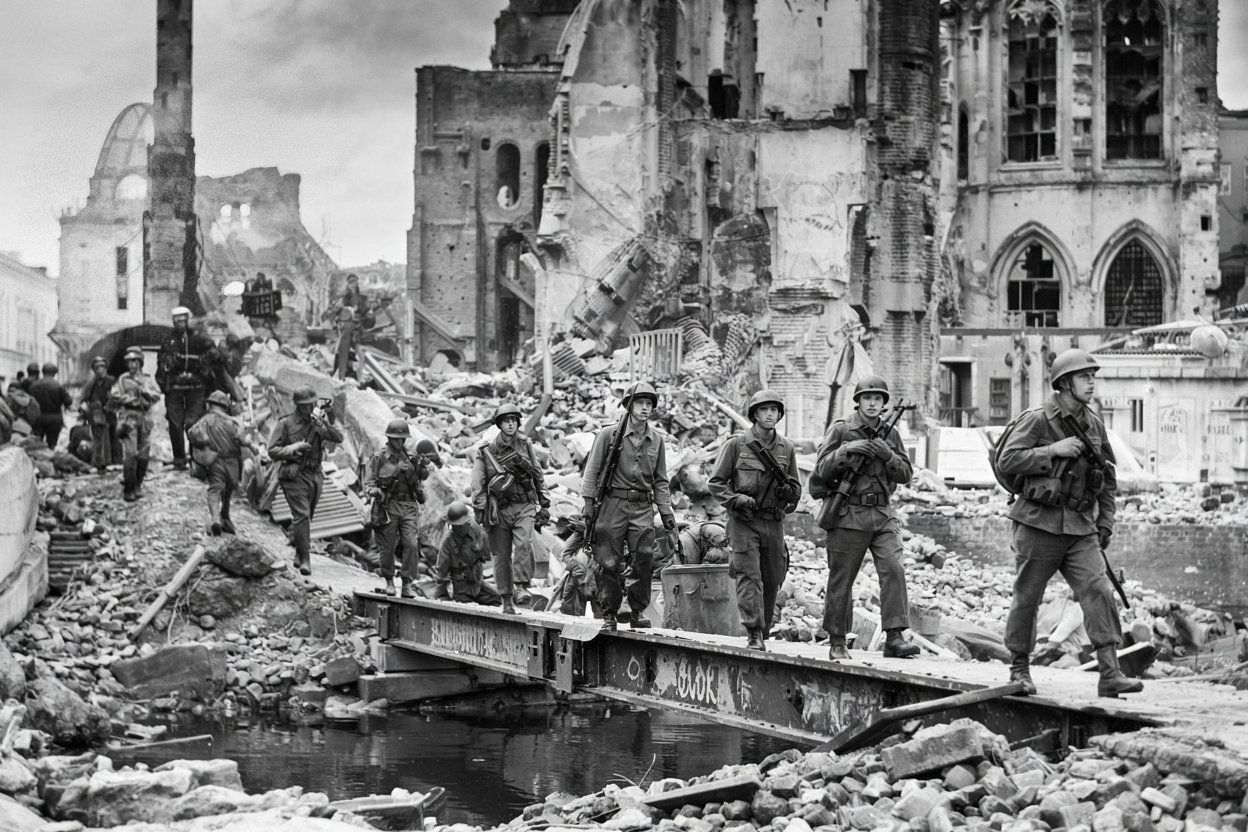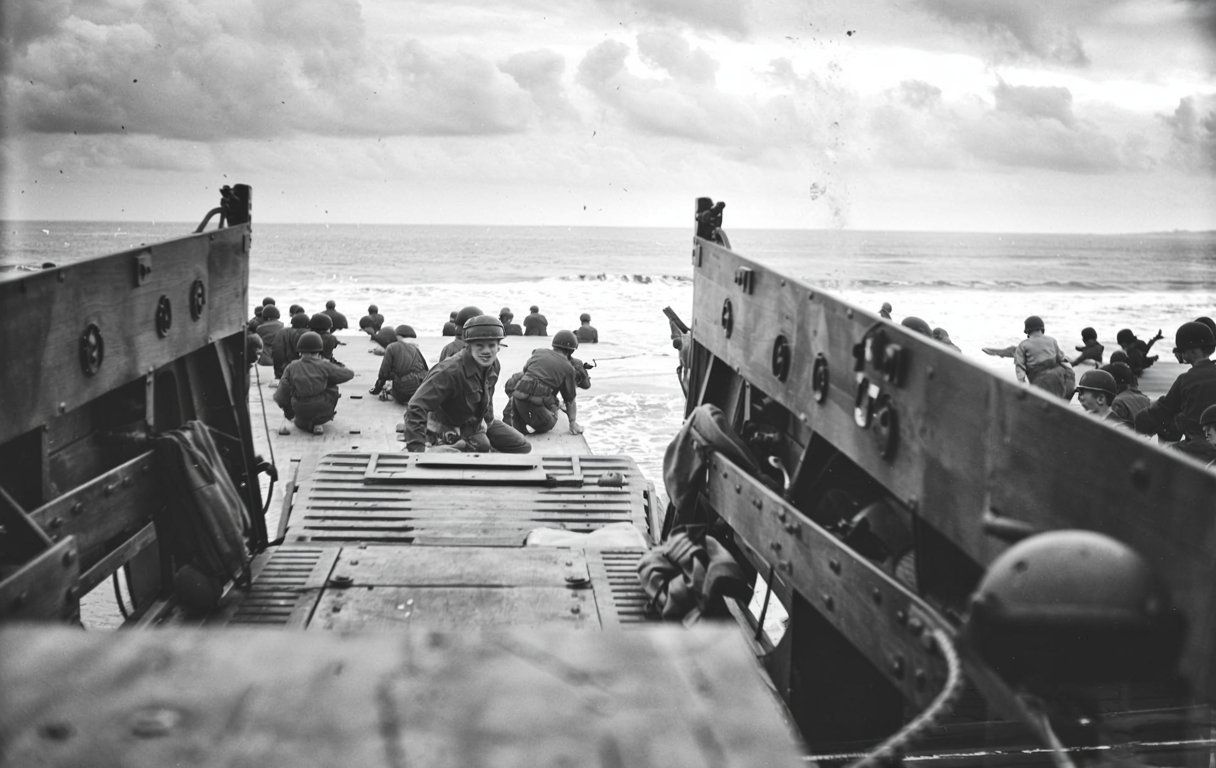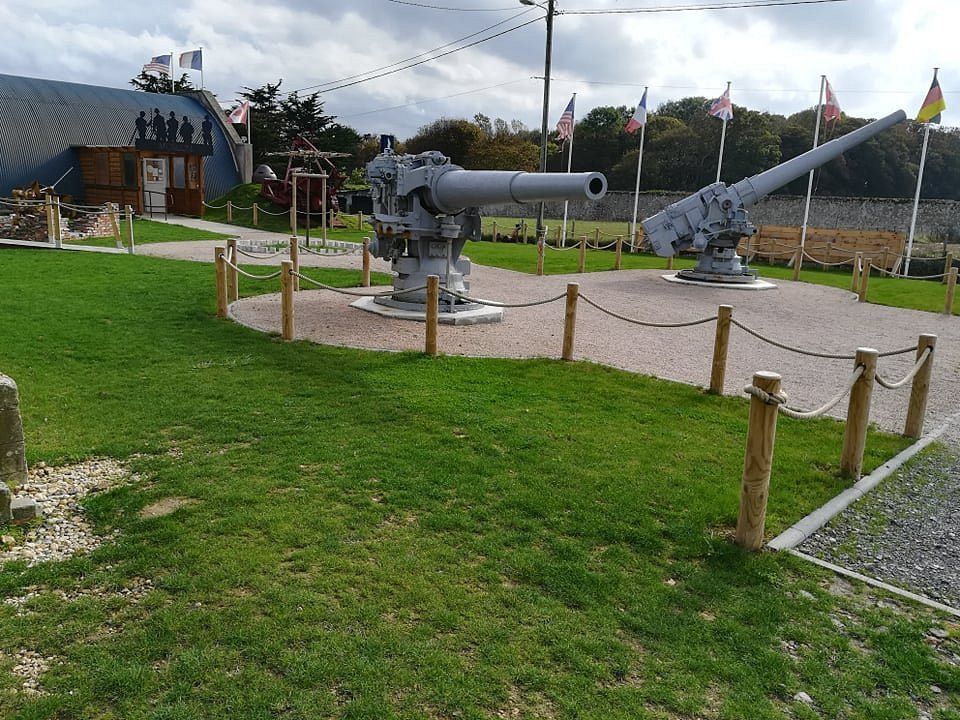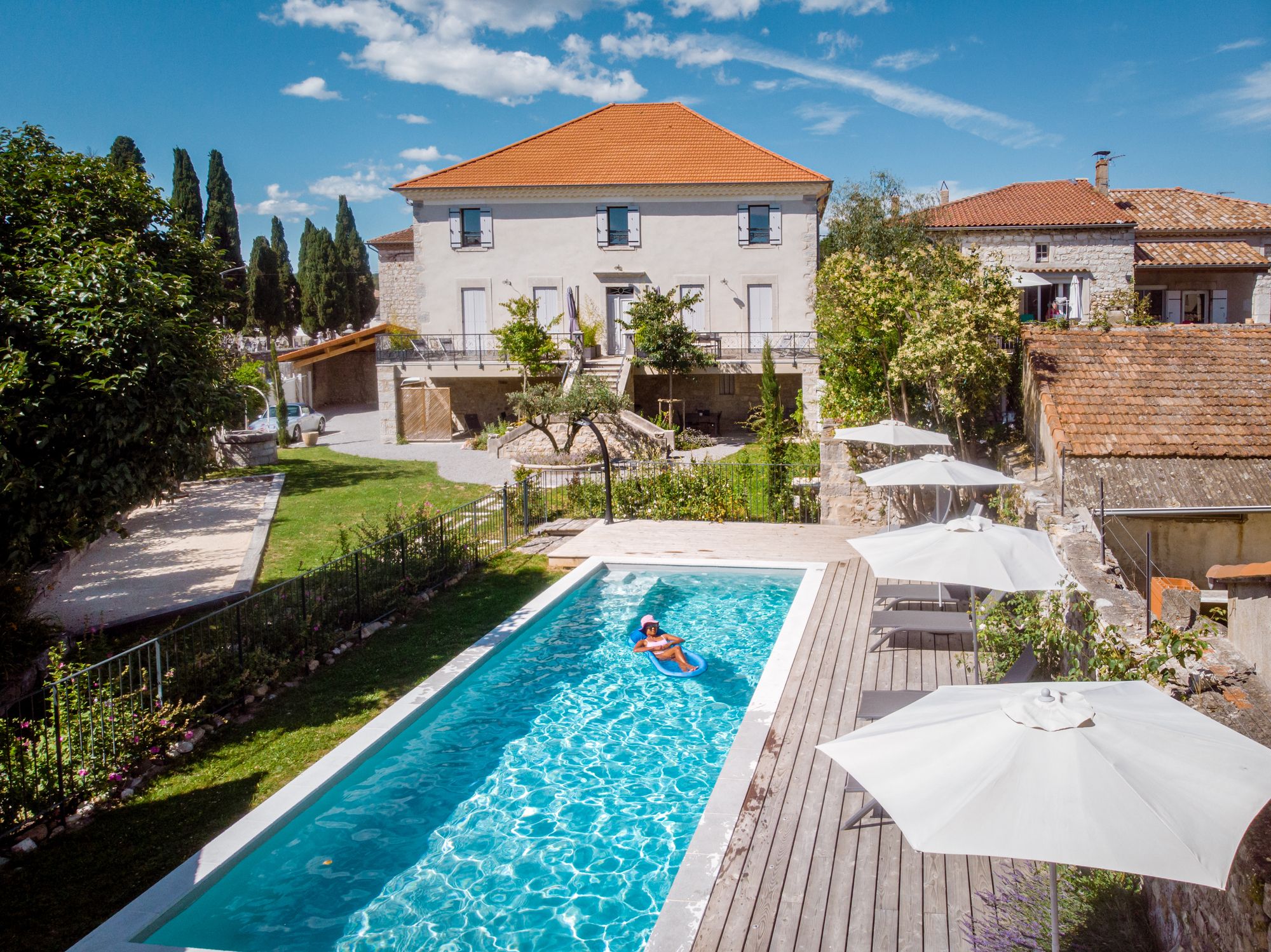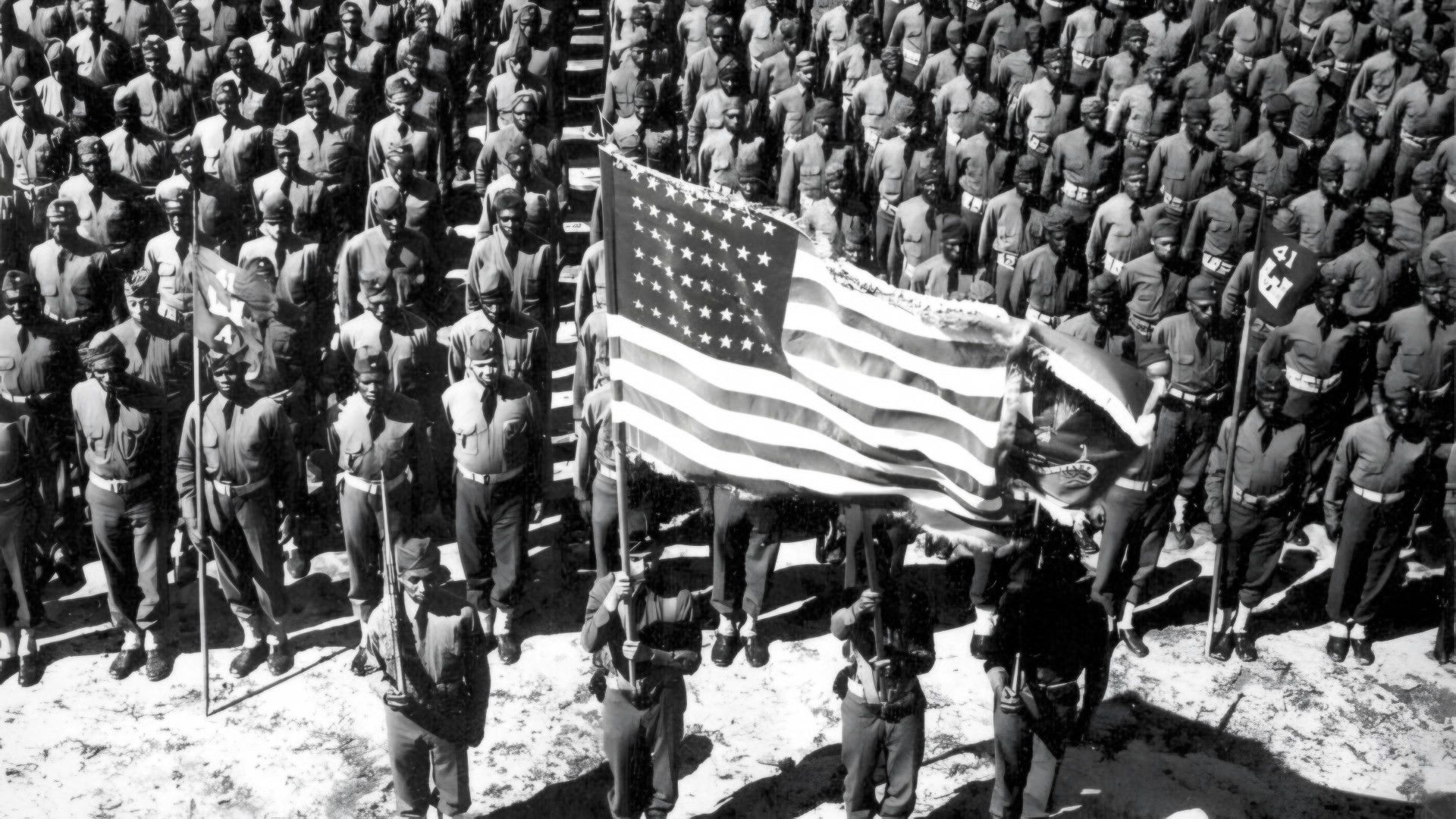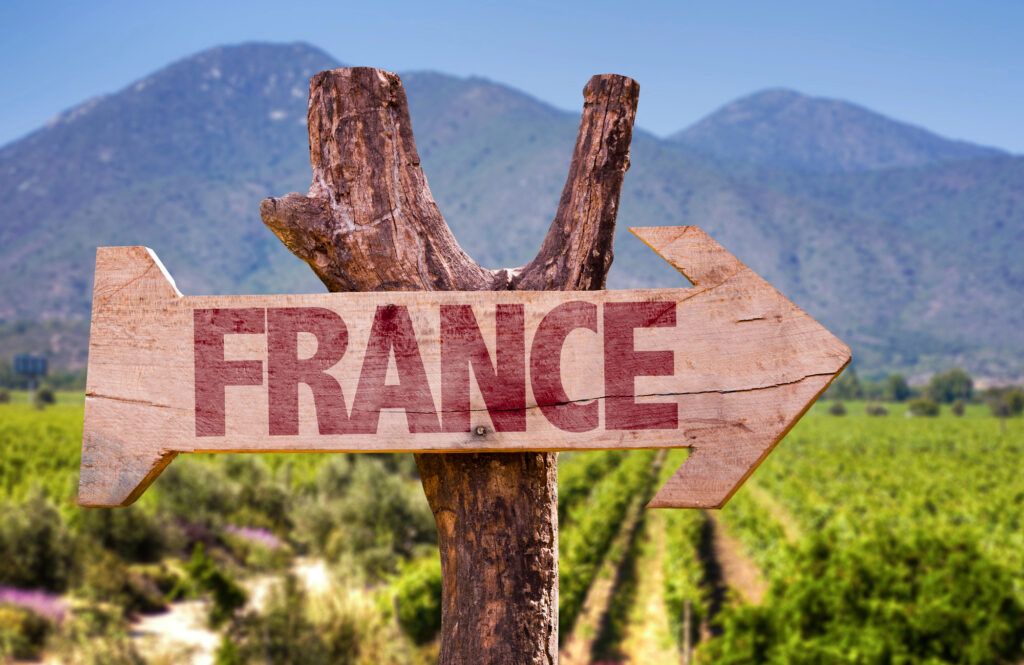Normandy has this rare blend of history, culture, and natural beauty that you can actually take in within a single week. From places that shifted the course of world events to towns that still wear their centuries-old traditions on their sleeve, the region gives you plenty of ways to get a real feel for both the past and present. You’ll find chances here to connect with history and everyday French life all at once.
Early October just feels right—no big crowds, the air’s cooler, and there are plenty of local events that show off Normandy’s character. You can go from coastal walks to museums, medieval lanes to autumn festivals, all without driving for hours. Here’s a week’s worth of experiences to help you actually get to know Normandy, not just check it off a list.
1) Visit the D-Day Landing Beaches
Start at Omaha Beach, where American troops faced intense resistance on June 6, 1944. Walking the shore, you get a sense of the scale—it’s sobering, honestly. The Normandy American Cemetery nearby is a peaceful spot to pause and reflect.
Utah Beach, a bit farther west, has a museum right by the sand that lays out how the landings were planned and executed. You’ll see vehicles, personal artifacts, and firsthand accounts from soldiers—makes it all feel real.
Gold, Juno, and Sword Beaches stretch east, highlighting the British and Canadian efforts. Each has its own memorials and small museums, with stories from different units. If you’ve got a car, you can see all five beaches in a day, but don’t rush it.
If you’re after a more organized approach, guides often suggest pairing the beaches with a few key museums. The Overlord Museum near Omaha covers the campaign from the landings to Paris’s liberation. For planning routes and timing, the complete guide to the Normandy D-Day Landing Beaches is actually pretty handy.
The sites are spread out, so renting a car really helps. Otherwise, you’ll spend half your day waiting on buses.
2) Explore the Bayeux Tapestry Museum
The Bayeux Tapestry Museum sits right in the middle of Bayeux, inside a former seminary. The 70-meter embroidery tells the story of the Norman conquest of England in 1066—yes, it’s as impressive as it sounds.
As you walk the length of the tapestry, you follow the story scene by scene, and the audio guide is surprisingly clear. The panels cover preparations, the Channel crossing, and the Battle of Hastings. Translations are available, so the Latin isn’t a barrier.
Most folks spend about an hour here. There are also exhibits on how the tapestry was made and preserved—details on dyes, stitching, and the centuries of conservation work.
It gets busy in summer and on weekends, so if you want some breathing room, go early or late in the day.
The museum’s close to Bayeux Cathedral and other landmarks, so you can easily combine a few sites. For more on what’s nearby, check out these things to do in Bayeux.
3) Walk the coastal path at Etretat Cliffs
The trails along Étretat’s limestone cliffs are well-marked, giving you amazing views of the English Channel and those wild natural arches like Porte d’Aval. The paths get uneven, so bring sturdy shoes unless you like sore ankles.
From the beach, climb up toward the Chapel of Notre-Dame-de-la-Garde above La Falaise d’Amont. It’s a short, steep hike but the view over the town and coast is totally worth it. Expect other walkers if the weather’s decent—it’s popular for a reason.
Head west and you’ll find quieter stretches, including the La Manneporte arch. These connect to longer hikes along the Alabaster Coast, running between Le Havre and Le Tréport. You can go as far as you want, really.
October brings cool air and the odd rain shower, so pack a light jacket and watch your step if it’s wet. The sea winds can be fierce, but they clear the air and make the views even sharper.
Walking here is more than just scenery—the cliffs have stood for ages, shaped by wind and tides, and you can’t help but feel the history under your feet.
4) Tour the medieval town of Rouen
Rouen’s old streets are lined with half-timbered houses that have seen centuries come and go. Once the capital of Normandy, the city still wears its medieval past in its layout and buildings.
The big draw is Rouen Cathedral—Gothic, massive, and the kind of place that makes you stop and stare. Nearby, the Gros-Horloge, a Renaissance clock, hints at the city’s history in trade.
Rouen’s also known for the trial and execution of Joan of Arc back in 1431. You can visit the modern church dedicated to her or check out the square where it all happened.
If museums are your thing, the Musée des Beaux-Arts has everything from Caravaggio to Monet. Or, just wander on your own using this self-guided walking tour that links up the main sights.
Rouen’s an easy train ride from Paris, so you can do it as a day trip. But honestly, it’s worth more time if you want to really soak up the churches, markets, and quieter corners.
5) Attend the Honfleur Autumn Festival
October slows things down in Honfleur, and the Autumn Festival is a real treat—local traditions, seasonal food, and cultural events all come together in this historic port town. The old harbor and winding streets set the scene for music, markets, and art.
The festival showcases regional favorites like cider, Calvados, and cheeses. Try them at open-air stalls or in the little shops around the harbor. The Saturday market is a highlight if you’re into food.
Weather’s usually mild but can be brisk and windy—think 10–16°C—so bring a jacket if you want to enjoy the outdoor shows or stroll along the quays.
While you’re here, check out the Vieux Bassin and the wooden Sainte-Catherine Church. Both are close to the main festival action and give you a feel for Honfleur’s maritime roots.
For more on what’s happening, see these guides to Honfleur in October and autumn events.
6) Sample Calvados at a local distillery
Normandy’s apple brandy, Calvados, is a big part of the region’s identity. Visiting a distillery gives you a firsthand look at how it’s made—most are still family-run and stick to old methods.
Tours take you through the orchards, the press, and cellars where the spirit ages. You’ll see apples turn to cider, then become Calvados through slow distillation. The pace is different from modern spirits, and you can taste the difference.
Tastings let you compare young and aged Calvados—sharper when it’s young, rounder and deeper with age. Sampling side by side really brings out the changes time makes.
You can book visits at lots of estates, from tiny family farms to bigger names like Calvados Christian Drouin. For options, check the Calvados distilleries list or browse recommended tours.
Rural spots can be tricky to reach without a car, and public transport isn’t always reliable. Plan ahead so you’re not stranded in the countryside.
7) Discover the Château de Caen
Right in the heart of Caen, the Château de Caen was built by William the Conqueror way back in the 11th century. Its thick walls once guarded a fortress, but now you’ll find museums, gardens, and open spaces inside. Walk the ramparts for sweeping views of the city.
Inside, the Musée de Normandie and the Musée des Beaux-Arts cover everything from archaeology to medieval artifacts and paintings. Whether you’re into history, art, or both, there’s plenty to see.
The grounds double as a public park, so you’ll spot locals out for walks or just hanging out. It’s a casual vibe, different from the more buttoned-up historic sites. On busy days, especially near the main gates, it can get crowded.
You can wander the castle grounds for free, but the museums charge admission. Go at your own pace—even if you’re just there for the views. For more on Caen, check out this guide to the best things to do.
8) Stroll through the gardens of Giverny
Monet’s gardens in Giverny are the real deal—flower beds and the water garden with the famous Japanese bridge and lilies. You get a glimpse into the painter’s world, not just his art.
Early October means fewer visitors, softer autumn light, and some late blooms still hanging on. The gardens aren’t as lush as in spring, but it’s quieter, and you can actually take it all in.
The village is tiny and easy to explore. After the gardens, wander Giverny’s lanes—still rural, still charming. Local cafés and galleries make for a nice break.
For practical tips, the Normandy tourism board has advice on things to see and do in Giverny. Book tickets ahead if you want to go inside Monet’s house. Trains and buses from Paris make a day trip doable, but staying overnight lets you slow down and enjoy it more.
9) Experience the Deauville International Film Festival
The Deauville International Film Festival brings together film lovers, actors, and directors for one of France’s top celebrations of American cinema. It runs in September in the seaside town of Deauville, but the buzz and some screenings spill into early October.
You’ll find everything from big Hollywood releases to indie films. The program mixes red-carpet premieres with smaller screenings, so you get a taste of all kinds of American filmmaking.
Events happen at the Centre International de Deauville—daytime screenings, evening premieres, and even public Q&As with filmmakers. If you’re a movie buff, it’s a unique chance to hear directly from the people behind the films.
The town gets livelier during the festival—hotels and restaurants fill up, and tickets can go fast. If you’re thinking of going, book your stay early and check the official festival website for up-to-date schedules.
When you’re not at the movies, stroll the boardwalk, visit the beach, or try some of Normandy’s seafood. The Deauville American Film Festival is as much about the vibe as the films themselves.
10) Visit the Musée des Beaux-Arts de Rouen
The Musée des Beaux-Arts sits right in the center of Rouen, not far from the cathedral and old market square. Entry’s free, so you can just pop in for a bit or really settle in for an afternoon if you’re in the mood.
Inside, you’ll find a hefty collection of European art spanning from the 15th to the 20th century. There’s Monet, Renoir, Degas—big names, sure—but also earlier heavyweights like Caravaggio and Velázquez. The variety gives you a sense of how art styles bounced around over the centuries.
The galleries are wide, the signage is clear, and you can wander however you like. Some rooms lean into Impressionism, others are all about Renaissance or Baroque. No one hurries you along, which is nice.
Weekday mornings tend to be quieter if you’re not into crowds. The museum rotates special exhibitions throughout the year, so it’s not always the same old thing. If you’re curious about what’s on, the official museum website has the latest.
Rouen’s museums link up in a network, so you could pair your visit here with another nearby spot if you’re on a roll. For more ideas on what to catch in Rouen, guides like Normandie Lovers aren’t a bad place to start.
Essential Travel Tips for Visiting Normandy in October
October in Normandy means cooler weather, fewer tourists, and a bunch of seasonal events that dig into local history and culture. You’ll want to prep for temperature swings, think about how you’ll get around, and get a feel for the local customs.
Weather and Packing Recommendations
Normandy in October hovers around 10–15°C (50–59°F), and rain is pretty much a given. Mornings are often damp, but sometimes the afternoons surprise you with a bit of sun. If you’re near the coast—D-Day beaches, Mont-Saint-Michel—brace for wind.
Layers are your friend: pack a light sweater, a waterproof jacket, and a scarf you actually like wearing. Shoes with decent grip are a must, especially on slick cobblestones or muddy trails.
A small umbrella is handy, but honestly, a hooded raincoat lets you keep your hands free. Toss in gloves and a hat for colder days, especially if you’ll be outside at memorials or by the sea.
Days get shorter fast this time of year. If you’re walking in the countryside after dark, a tiny flashlight can be a lifesaver—rural areas don’t always have streetlights.
Transportation and Getting Around
Getting around isn’t too tricky. Trains from Paris reach Caen, Rouen, and Bayeux in under three hours. Regional buses hit smaller towns, but autumn timetables can be sparse—double-check before you count on them. Renting a car gives you more wiggle room for exploring villages and the coast.
Driving’s pretty straightforward, though some country roads are narrow and can get a bit dicey. If you’re heading to Mont-Saint-Michel, expect to park farther out and hop on a shuttle. Rural gas stations sometimes close early, so don’t cut it close on fuel.
You can bike along the coast, but October weather isn’t always on your side. If you do, pack rain gear and something reflective. Taxis hang around in bigger towns, but don’t expect to hail one in the countryside.
Local Events and Cultural Etiquette
October brings out harvest festivals, food fairs, and art shows all over Normandy. You might stumble onto apple cider tastings, seafood markets, or Impressionist events—Normandy Tourism’s calendar is worth a peek.
Shops and museums usually take a lunch break from 12:30 to 2:00 p.m., so time your visits around that. Restaurants don’t open for dinner until after 7:00 p.m., especially outside the big cities, and it’s smart to book ahead in small towns.
A friendly “Bonjour” before you ask for help goes a long way here. At memorials or cemeteries, keep things quiet and respectful. You can usually take photos, but skip the flash inside museums or churches.
Tipping’s not a big deal in France since service is included, but rounding up a euro or two for good service is always nice.
Making the Most of Your Normandy Experience
Normandy’s all about the food, the scenery, and the stories tucked into every corner. Paying attention to what and where you eat, how you get around, and the way you book activities can really shape your trip.
Dining and Regional Cuisine
Normandy’s food scene leans hard into dairy, seafood, and apples. Local cheeses—Camembert, Pont-l’Évêque, Livarot—come straight from nearby farms. Pair them with cider or Calvados, which you’ll find pretty much everywhere.
If you love seafood, the coast delivers. Oysters from the Cotentin Peninsula and mussels from Barfleur show up fresh and simply prepared. Inland, you’ll run into heartier plates like tripes à la mode de Caen or duck with apple sauce.
Lunch usually happens from noon to 2:00 pm, and dinner doesn’t start until around 7:30 pm. Many places shut down in between, so planning ahead helps you avoid sitting around hungry.
Markets in Bayeux or Honfleur are great for grabbing local bites without spending much. Buying from producers supports small farms and keeps old-school methods alive.
Sustainable Tourism Practices
You can lower your impact by choosing trains for major towns—Rouen, Caen, Bayeux—and leaving the car behind when you can. Buses hit the smaller spots, but their schedules can be patchy.
Walking or biking works well in most towns. Coastal trails near Étretat or the D-Day beaches are clearly marked, and renting a bike is usually easy. It’s a good way to see more without adding to traffic or emissions.
Recycling’s taken seriously here. Bins are color-coded, and you might get fined if you mess it up. Carrying a reusable water bottle and a shopping bag cuts down on plastic waste.
When you’re booking a place to stay, look for small inns or family-run guesthouses—they often do a better job with eco-friendly practices. Some farms even offer stays, so you get a taste of rural life and see sustainable agriculture up close. It’s a win for the local economy and, honestly, just more personal.
Accessing Guided Tours and Experiences
Guided tours really bring Normandy’s tangled history to life. You can find small-group outings to the D-Day beaches with operators on places like Tripadvisor’s Normandy activities. Most tours handle the transport, so you don’t have to mess with renting a car—always a relief.
Museums like the Caen Memorial or the Airborne Museum in Sainte-Mère-Église run their own guided options. With these, you get a bit more structure and insight than you’d probably pick up wandering alone.
If you want to go your own way, audio guides and mobile apps can walk you through spots like Mont-Saint-Michel or Rouen Cathedral. You set the pace, but you don’t lose out on the backstory.
Prices are all over the place. Private tours? Pricey, but you get to call the shots. Group tours are easier on the wallet, though you’ll share the experience. If you’re thinking of visiting in October, it’s smart to book ahead—some companies start cutting back their schedules once peak season ends.

